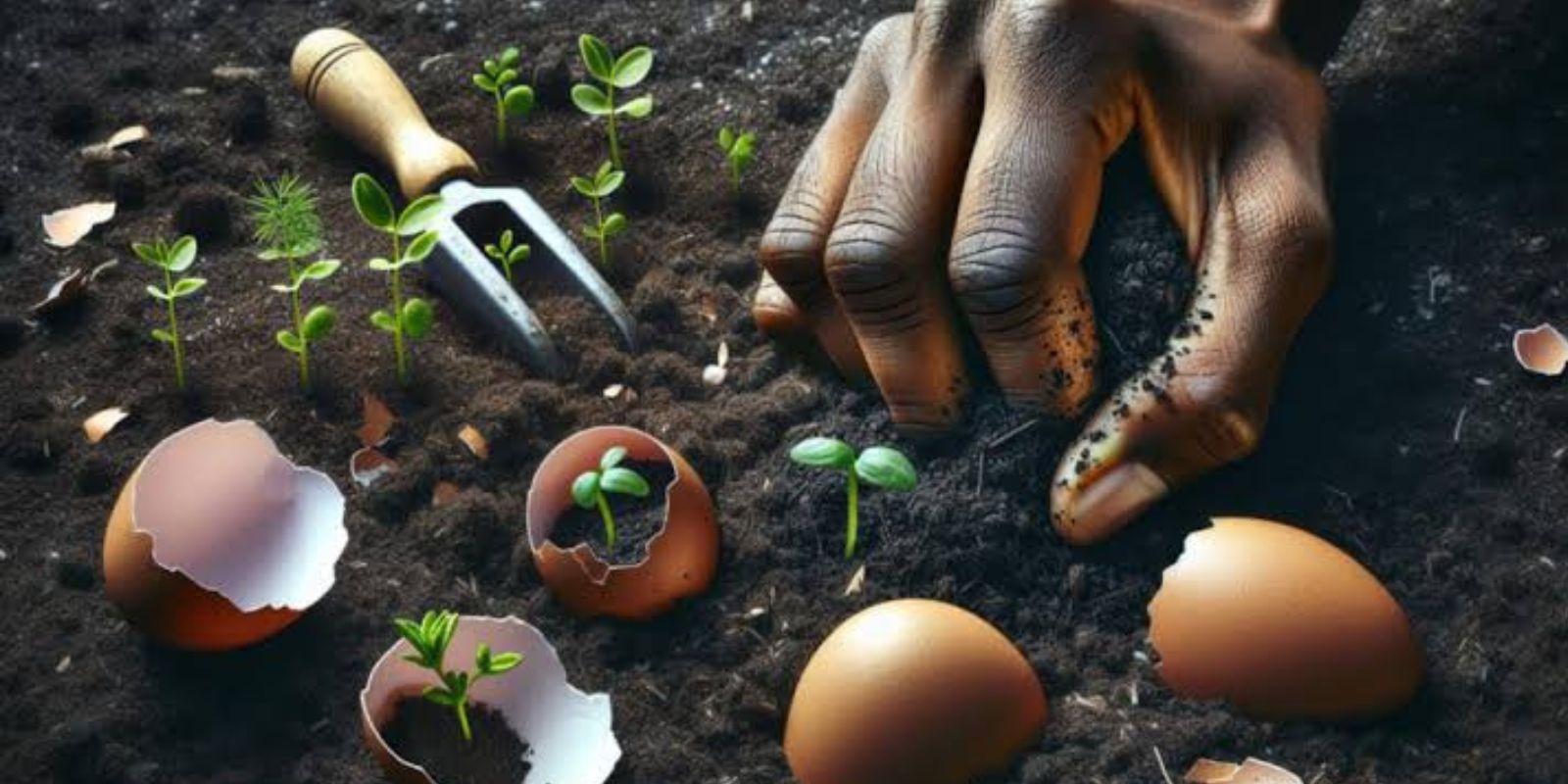When it comes to gardening, most people overlook the potential of what’s often considered waste. Eggshells, however, are not just biodegradable waste—they are a powerhouse of nutrients that can supercharge your plants’ growth. By reusing eggshells, you can enrich your soil, protect your plants, and even support sustainable gardening practices. This article explores why eggshells are so beneficial for your garden, how to use them effectively, and creative ways to integrate them into your gardening routine.
The Nutritional Benefits of Eggshells
Eggshells are made primarily of calcium carbonate, a vital nutrient for plants. This mineral plays a crucial role in strengthening plant cell walls, promoting healthy growth, and preventing issues like blossom end rot in tomatoes, peppers, and squash. Eggshells also contain small amounts of magnesium, potassium, and phosphorus, which further contribute to plant health.
Recycling eggshells in your garden not only minimizes waste but also provides plants with these essential nutrients, improving the overall health of your garden.
How to Prepare Eggshells for Gardening
Proper preparation is key to maximizing the benefits of eggshells. Follow these simple steps:
- Rinse Thoroughly: After cracking eggs, rinse the shells to remove any residue of egg whites. This prevents attracting pests.
- Dry the Shells: Allow the shells to air dry or oven-dry them at a low temperature to speed up the process.
- Crush or Grind: For better absorption, crush the shells into small pieces or grind them into a fine powder using a blender or mortar and pestle.
Five Ways to Use Eggshells in the Garden
1. Soil Amendment
Crushed eggshells are an excellent source of calcium for your soil. Mix them directly into the garden bed or container soil to improve calcium levels. This is particularly useful for vegetables like tomatoes, peppers, and eggplants that thrive in calcium-rich soil.
2. Pest Deterrent
Sharp edges of crushed eggshells can deter soft-bodied pests like slugs, snails, and caterpillars. Create a protective barrier around the base of your plants by sprinkling crushed shells in a circle. This natural method keeps your plants safe without the need for chemicals.
3. Compost Enhancer
Eggshells are a fantastic addition to your compost bin. Their calcium content helps balance the pH of the compost and contributes to the overall nutrient profile. Ensure you crush the shells to help them break down more quickly in the composting process.
4. Seed Starters
Half eggshells can be used as biodegradable seedling pots. Fill them with nutrient-rich soil, plant your seeds, and water as needed. When it’s time to transplant, place the entire eggshell in the ground. The shell will break down naturally and provide additional nutrients to the growing plant.
5. Liquid Fertilizer
Create a calcium-rich liquid fertilizer by soaking crushed eggshells in water for 24-48 hours. Use this solution to water your plants, giving them a quick nutrient boost.
Creative Eggshell Uses for Flowers and Ornamental Plants
Eggshells aren’t just for vegetables—they can benefit flowers and ornamental plants too. Sprinkle crushed eggshells around roses, hydrangeas, and azaleas to enhance their growth and bloom quality. The calcium helps prevent leaf discoloration and promotes vibrant flowers.
Hydrangeas, in particular, benefit from the calcium in eggshells. Adjusting the pH of the soil with eggshells can even influence the color of hydrangea blooms, shifting them toward pink hues.
When and How Often to Use Eggshells
Eggshells take time to break down and release their nutrients, so they work best when added to the soil a few weeks before planting. You can also use them as a slow-release fertilizer throughout the growing season by adding small amounts to your soil or compost.
For pest control, reapply crushed shells as needed, especially after heavy rain or watering.
Common Mistakes to Avoid
- Using Fresh Eggshells: Fresh shells may attract pests or cause unpleasant odors. Always rinse and dry the shells thoroughly.
- Applying Too Much: Excessive use of eggshells can raise soil pH too much, which may harm acid-loving plants like blueberries or rhododendrons. Use eggshells in moderation.
- Skipping the Crushing Step: Whole eggshells break down slowly. Crushing or grinding speeds up the process, making nutrients available to plants faster.
Eggshells for Indoor Plants
Indoor plants can also benefit from eggshells. Use the liquid fertilizer method to water houseplants like pothos, ferns, and spider plants. You can also mix finely crushed shells into potting soil to enrich it with calcium.
Why Eggshells Are a Sustainable Gardening Solution
Using eggshells in gardening aligns with sustainable practices by reducing kitchen waste and promoting natural soil health. It eliminates the need for synthetic fertilizers and pesticides, making your garden eco-friendly and cost-effective. Plus, reusing eggshells is a simple way to contribute to a circular economy at home.
Conclusion: Don’t Waste the Power of Eggshells
Eggshells are a hidden gem in the world of gardening, offering numerous benefits for soil health, plant growth, and pest control. Whether you’re an experienced gardener or just starting out, incorporating eggshells into your gardening routine is a simple, sustainable, and highly effective way to nourish your plants.
💬 What’s your favorite way to use eggshells in your garden? Share your tips in the comments below!
🌱 #GardeningTips #SustainableLiving #DIYFertilizer #NaturalGardening

